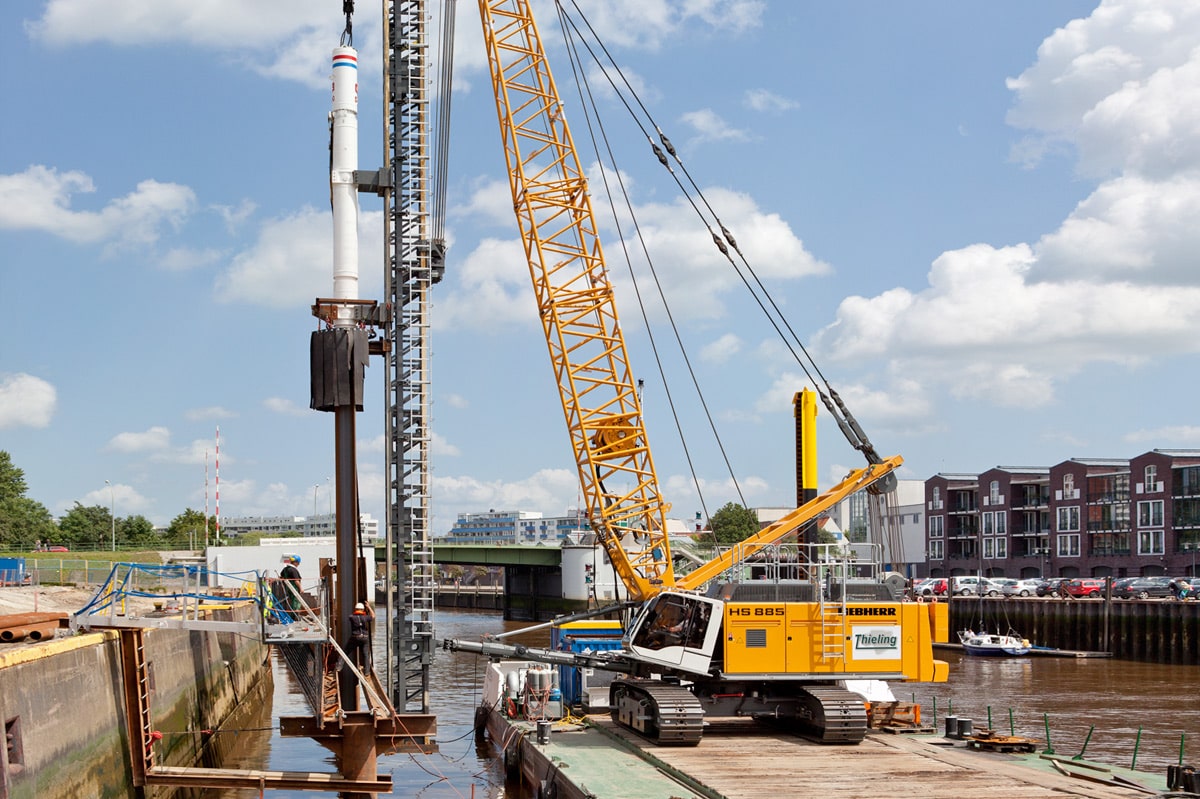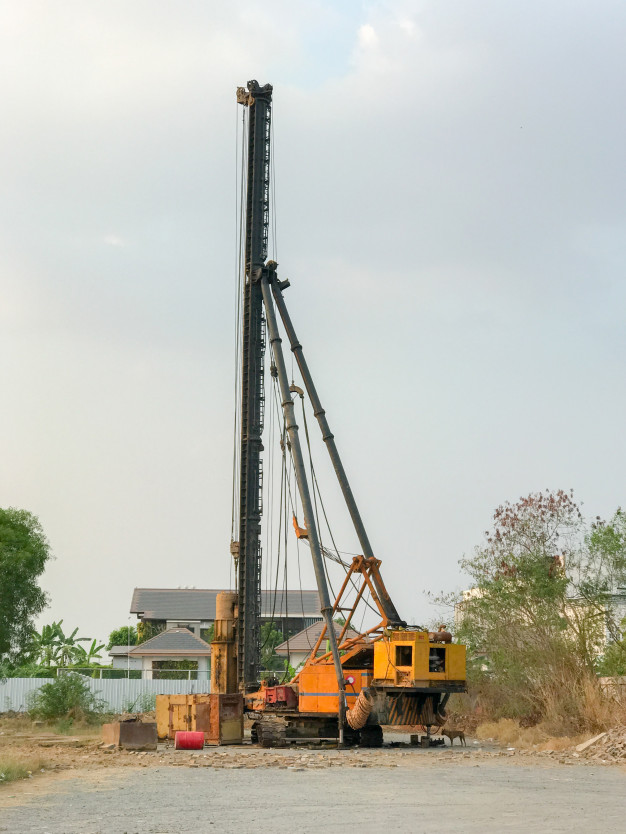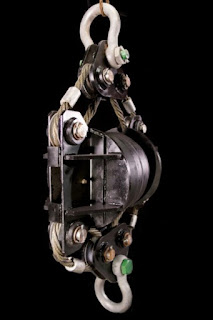A lot of heavy-duty equipment is used on construction sites. When foundations are necessary, some of the most important pieces you’ll need to include hydraulic augers, vibratory hammers, and lead systems.
Fortunately for construction crews operating in or around Kansas City, Missouri, most of these tools can be rented.
The value of renting is multifaceted. For one, there are very specific attachments or types of tools that each play a specific role on the job site, depending on the types of materials that will be driven into the soil to strengthen foundations, but also based on the type of soil you’ll be drilling or driving into.
Instead of purchasing the equipment, you’ll need for each job or soil type, you can rent the tools you’ll need and not need to worry about maintaining or storing all of the different pieces.
If there is a problem on the job site with any tool you’re using, a good heavy-duty rental company should have a large inventory so they can quickly swap out the malfunctioning equipment to keep you on schedule.
One phone call should take care of any issues without having to find and contact a repair company and potentially wait days for a technician to be available to diagnose and fix the problem.
One good example of how renting is better than buying is if you need a hydraulic auger. A hydraulic auger looks a bit like a super-sized drill bit that is used primarily for digging large holes quickly. However, there are four different types of hydraulic auger bits that will most efficiently perform the task needed:
- Light Duty - Light-duty auger bits have bolted-on teeth and are best for digging in soils that don’t contain a lot of obstructions, such as tree roots or rocks.
- Heavy-Duty - Heavy-duty auger bits have cast iron heads with driven-in teeth to work in harsher soil conditions, such as those with lots of obstructions or if you’ll be digging into clay or fracturable rock.
- Tree - Tree auger bits have a wide base at the bottom and taper down to a point at the tip. This helps the auger bit to start with a small hole that increases in diameter as the auger drills into the soil. This is perfect for landscaping projects where you’ll need to plant a lot of trees quickly.
- Rock - Rock auger bits are the toughest of them all and are specially made for drilling big holes in hard materials like solid rock or concrete.
Instead of having to buy four different hydraulic auger bits to cover every potential job application, you only need to rent the one you need for the specific job you’re working on at the time.
The same is true if you’ll be driving piles or other materials. You can use a traditional impact hammer that can be driven by hydraulics, diesel fuel, or air compression.
Diesel pile drivers are very popular because they are fuel-efficient and offer exception impact power. However, they can also be very noisy and may not be a good choice for driving piles in heavily populated areas.
In any case, impact hammers are good for driving steel, wood, or pre-cast concrete into difficult soil conditions, especially when dealing with clay or rocks.
On the other hand, if you are driving materials into soft or sandy soils, especially if you need to drive sheeting, caissons, or pipe, you’ll want to use a vibratory hammer also known as a Vibro hammer instead.
Vibrating hammers use a rapid oscillation that travels down the pile to basically liquefy the soil or sand around the pile or structure you’ll be driving, allowing the pile to easily sink into the ground.
When the vibration is turned off, the ground around the pile re-solidifies, holding the pile firmly in place. Vibratory hammers are also smaller and have a number of different mounts, so if you wanted to use one with your current vehicles, you could rent an excavator-mounted hammer.
And speaking of pile driving, there are different options available for the lead systems you’ll use with your impact hammer equipment. You could choose from U-shaped Lead Systems, Offshore Lead Systems, or Fixed Lead Systems, again, depending on the nature of the job you’ll be doing.
So, when it comes to construction projects, there are a lot of heavy-duty tools you may need depending on several different factors.
Instead of buying lots of equipment that you may not use or will use infrequently, contact a reputable heavy-duty equipment rental company that can provide you with everything you need, including quick delivery to your construction site.
Summary:
Unless you specialize in only one kind of construction type, you may need to use a lot of different kinds of heavy-duty equipment for different jobs and varying soil types. Instead of buying, maintaining, and storing all of that equipment, it may be far more economically sound to just rent the pieces you need for the duration of each project.
Read More:- Hydraulic Augers Rentals Missouri Kansas City - Hydraulic Power Systems
Read More:- Caisson hammers: Components, Working, and Applications - Hydraulic Power Systems







